
Fridtjof Wedel-Jarlsberg Nansen was a Norwegian polymath and Nobel Peace Prize laureate. He gained prominence at various points in his life as an explorer, scientist, diplomat, humanitarian and co-founded the Fatherland League.
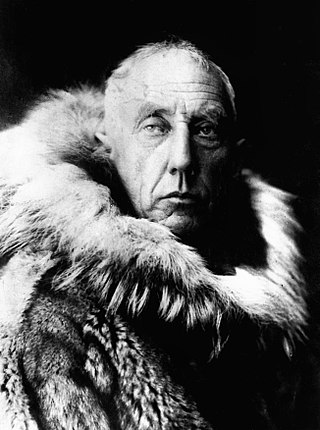
Roald Engelbregt Gravning Amundsen was a Norwegian explorer of polar regions. He was a key figure of the period known as the Heroic Age of Antarctic Exploration.

Fredrik Hjalmar Johansen was a Norwegian polar explorer. He participated on the first and third Fram expeditions. He shipped out with the Fridtjof Nansen expedition in 1893–1896, and accompanied Nansen to notch a new Farthest North record near the North Pole. Johansen also participated in the expedition of Roald Amundsen to the South Pole in 1910–1912.

Fram is an impact crater located within the Meridiani Planum extraterrestrial plain, situated within the Margaritifer Sinus quadrangle (MC-19) region of the planet Mars. It was visited by the rover Opportunity (MER-B) on Sol 84, April 24, 2004.
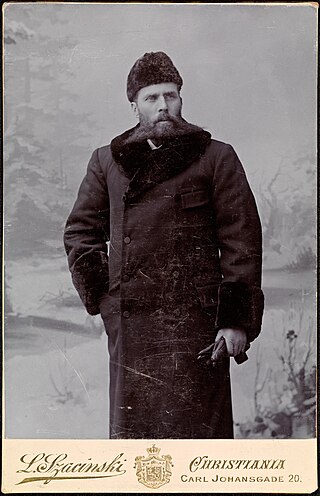
Otto Neumann Knoph Sverdrup was a Norwegian sailor and Arctic explorer.

Oscar Adolf Wisting was a Norwegian Naval officer and polar explorer. Together with Roald Amundsen he was the first person to reach both the North and South Poles.
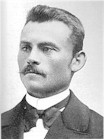
Helmer Julius Hanssen was a Norwegian sailor, pilot and polar explorer. He participated in three of the polar expeditions led by Roald Amundsen and was one of the first five explorers to reach the South Pole.

Sverre Helge Hassel was a Norwegian polar explorer and one of the first five people to reach the South Pole.

The research ship had origins in the early voyages of exploration. By the time of James Cook's Endeavour, the essentials of what today we would call a research ship are clearly apparent. In 1766, the Royal Society hired Cook to travel to the Pacific Ocean to observe and record the transit of Venus across the Sun. The Endeavour was a sturdy boat, well designed and equipped for the ordeals she would face, and fitted out with facilities for her research personnel, Joseph Banks. And, as is common with contemporary research vessels, Endeavour carried out more than one kind of research, including comprehensive hydrographic survey work.

Jørgen Stubberud was a Norwegian polar explorer who participated in the Amundsen Antarctica Expedition between 1910 and 1912.

Kristian Prestrud was a Norwegian naval officer and polar explorer who participated in Amundsen's South Pole expedition between 1910 and 1912. Prestrud was first officer of the Fram and leader of the Norwegian expedition's Eastern Sledge Party to the Scott Nunataks.
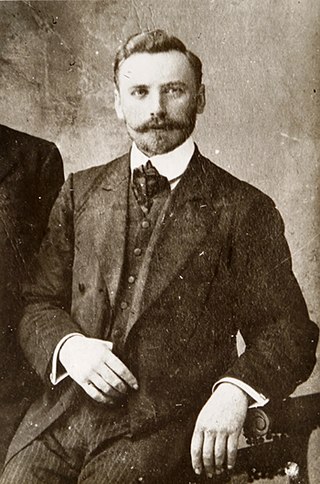
Vladimir Alexandrovich Rusanov was a Russian geologist and Arctic explorer.

The first ever expedition to reach the Geographic South Pole was led by the Norwegian explorer Roald Amundsen. Himself and four other crew members made it to the geographical south pole on 14 December 1911, which would prove to be five weeks ahead of the competetive British party led by Robert Falcon Scott as part of the Terra Nova Expedition. Amundsen and his team returned safely to their base, and about a year later heard that Scott and his four companions had perished on their return journey.

The Arctic Basin is an oceanic basin in the Arctic Ocean, consisting of two main parts separated by the Lomonosov Ridge, a mid-ocean ridge between north Greenland and the New Siberian Islands. It is bordered by the continental shelves of Eurasia and North America.
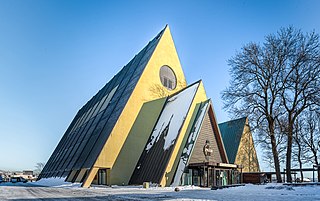
The Fram Museum is a museum telling the story of Norwegian polar exploration. It is located on the peninsula of Bygdøy in Oslo, Norway.

Nansen's Fram expedition of 1893–1896 was an attempt by the Norwegian explorer Fridtjof Nansen to reach the geographical North Pole by harnessing the natural east–west current of the Arctic Ocean. In the face of much discouragement from other polar explorers, Nansen took his ship Fram to the New Siberian Islands in the eastern Arctic Ocean, froze her into the pack ice, and waited for the drift to carry her towards the pole. Impatient with the slow speed and erratic character of the drift, after 18 months Nansen and a chosen companion, Hjalmar Johansen, left the ship with a team of Samoyed dogs and sledges and made for the pole. They did not reach it, but they achieved a record Farthest North latitude of 86°13.6′N before a long retreat over ice and water to reach safety in Franz Josef Land. Meanwhile, Fram continued to drift westward, finally emerging in the North Atlantic Ocean.
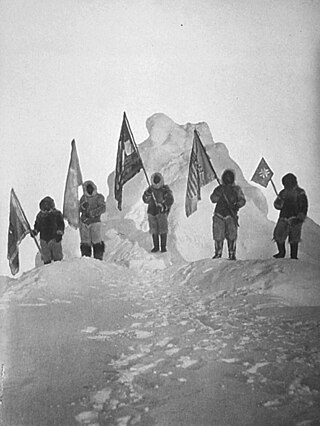
Polar exploration is the process of exploration of the polar regions of Earth – the Arctic region and Antarctica – particularly with the goal of reaching the North Pole and South Pole, respectively. Historically, this was accomplished by explorers making often arduous travels on foot or by sled in these regions, known as a polar expedition. More recently, exploration has been accomplished with technology, particularly with satellite imagery.

Jan-Gunnar Winther is Pro-rector for research and development at UiT The Arctic University of Norway and Specialist Director at the Norwegian Polar Institute located in Tromsø. He served as Director of the Centre for the Ocean and the Arctic from 2018-2023, first affiliated with Nofima later at UiT.
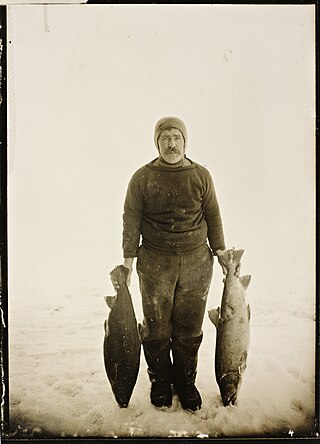
Adolf Henrik Lindstrøm was a Norwegian chef and polar explorer.

























